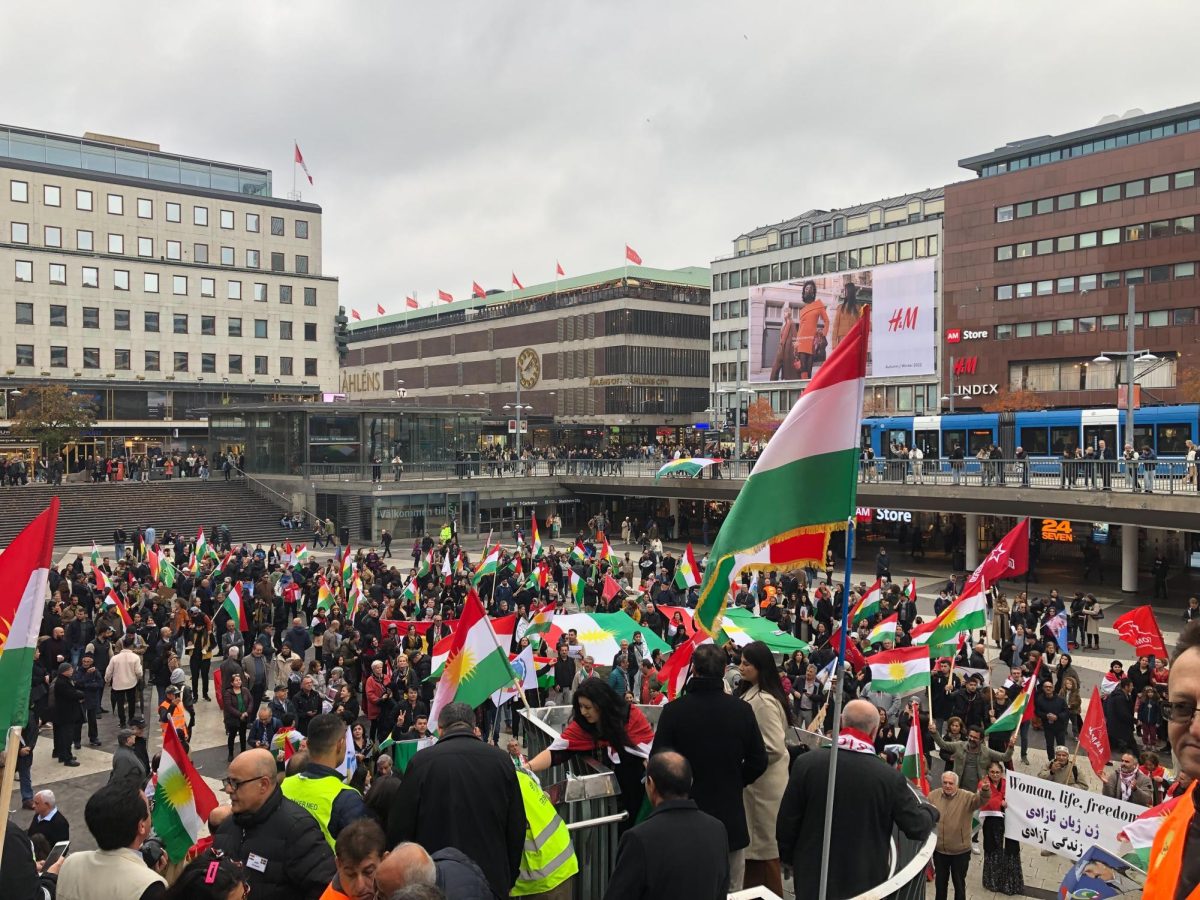All views and opinions expressed in this article are those of the author, and do not represent the Roar as a whole.
After the one year anniversary of the murder of Mahsa Amini, an Iranian woman killed by police for not wearing the hijab properly, protests have erupted all over the world. How do these protests relate to women’s fight for equal rights all over the world?
From a western perspective, many seemingly insignificant everyday tasks are illegal for women in Iran. Going to soccer games, applying for a passport, traveling outside the country without a husband’s permission, and even being ensured of equal pay at work are not rights women in Iran have. Out of 144 countries, The World Economic Forum’s 2017 Global Gender Gap Report ranked Iran 140th in terms of gender parity. Although these issues may seem far removed from America and the western half of the world, threats to women’s rights in one part of the world are a threat to women everywhere.
The phrase, “Jin Jiyan Azadi,” meaning “Women, Life, Freedom” in Kurdish, has been chanted in the streets amidst protests in Iran after the one year anniversary of Masha Amini’s death. On Sept. 13 2022, Amini was arrested while getting out of the Haghani underground station by the Gasht-e-Ershad, the morality police of Iran, for not wearing her hijab “properly,” as some loose hair strands were sticking out from her hijab. She had just visited Tehran to see relatives, was about to start university, was only 22 years old, and had no idea she was going to become a martyr.
After being held by police for three days, Amini was found dead. Despite the law enforcement command of the Islamic Republic denying Amini died in police custody, a CT scan of Amini’s skull shows damage that could only be from a violent blow to the head. Amini’s skull had bone fracture, hemorrhage, and brain oedema but the police insist her death was a result of “cardiac arrest.”
Protests have occurred all over the country in multiple cities such as the capital of Iran, Tehran, Mashad, Ahvaz, Lanijan, and Arak. These protests are tied to some of the worst political unrest Iran has faced in four decades. In Iran over 20,000 protesters were arrested and 500 were killed according to the Human Rights Activists News Agency (HRANA). Some protesters were severely injured including a large portion of protesters who were shot in the eye.
Despite Brigadier-General Hassan Karami, the commander of Iran’s riot police, denying that his forces would purposefully shoot anyone in the eye, a large number of protesters with similar wounds to the eye have come forward. However, these protests don’t start and stop in the Middle East. People in countries all across the world have protested in recognition of Mahsa Amini. Cities all over the world have joined in on the protests including: Istanbul, Paris, Brussels, Berlin, and London.
Although some may say western women’s struggles can’t compare to the hardships women in the Middle East face, women’s freedoms are restricted all across the globe. Friction surrounding the hijab isn’t limited to the Middle East. On the opposite side of the spectrum, the hijab has been banned in French public schools since 2004 and wearing face veils in public settings since 2010. In August of 2023 French Education Minister, Gabriel Attal, announced that abayas were also to be banned in French public schools. The bans on headscarves aren’t limited to French schools however, the French sports minister, Minister Amélie Oudéa-Castéra, has announced a ban on headscarves for French athletes at the 2024 Paris Olympics. Governments in both the east and the west seem very keen on controlling women’s autonomy and what is and is not considered acceptable for women to wear.
In the U.S, the land of the free, women’s freedoms and autonomy isn’t safe either. On June 24, 2022, Roe v. Wade was overturned and thus ended the federal constitutional right to abortion. This decision disproportionately affects American women of color. Compared to their white peers women of color are more likely to have abortions, have more limited access to healthcare, and are less able to travel out of state to have an abortion according to a KFF analysis. The overturning of Roe v. Wade was a catalyst for a new conversation surrounding women’s rights: if a well established constitutional right from 1973 can be overturned, what’s next? One thing is clear however, women’s struggle for equal rights is not limited to only one part of the world.


